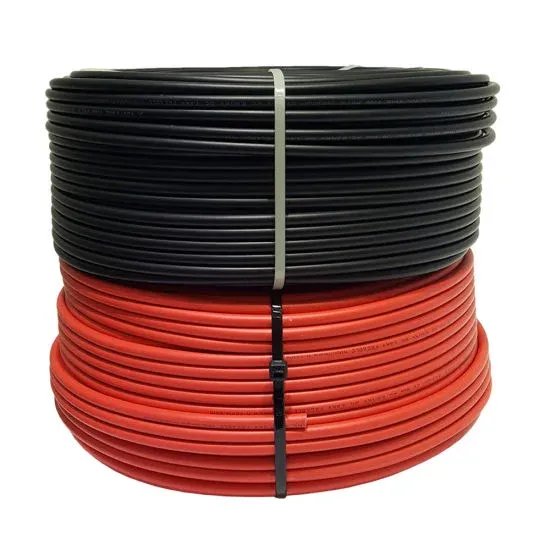Choosing UV-Resistant Solar Cables for Outdoor Installations
able of Contents
- 1. Overview of Solar Cables
- 2. Why UV Resistance Matters
- 3. Key Features of UV-Resistant Cables
- 4. Cable Jacket Material Comparison
- 5. Installation Tips
- 6. Conclusion
1. Overview of Solar Cables
Solar cables are specialized wires used to connect photovoltaic (PV) panels to inverters, batteries, and the grid. For outdoor environments, these cables must withstand harsh weather, mechanical stress, and prolonged sunlight exposure.

2. Why UV Resistance Matters
- Outdoor installations expose cables to direct sunlight for 25+ years.
- UV rays break down cable insulation, leading to cracks, current leakage, and safety risks.
- UV-resistant cables maintain integrity, flexibility, and insulation strength over time.
3. Key Features of UV-Resistant Cables
- Weatherproof Insulation: Designed to resist extreme heat, cold, and moisture.
- UV-Stabilized Jacket: Often made from cross-linked polyethylene (XLPE) or thermoplastic elastomers (TPE).
- Double Insulation: Adds an extra protective layer for rugged conditions.
- Long Lifespan: Rated for 25-30 years of outdoor use under solar exposure.
4. Cable Jacket Material Comparison
| Material | UV Resistance | Temperature Range | Typical Usage |
|---|---|---|---|
| XLPE (Cross-linked Polyethylene) | Excellent | -40°C to 120°C | Solar arrays, inverters |
| PVC (Polyvinyl Chloride) | Low to Moderate | -10°C to 70°C | Indoor or temporary use |
| TPE (Thermoplastic Elastomer) | Very Good | -50°C to 105°C | Flexible solar installations |
| Rubber Compound | Good | -40°C to 90°C | Medium-duty outdoor |
5. Installation Tips
- Choose cables certified to standards like EN 50618 or UL 4703.
- Use UV-resistant cable ties and conduits for secure placement.
- Avoid sharp bends or excessive tension which may crack insulation over time.
- Allow for thermal expansion and movement in routing.
- Use double-insulated cables in high-risk or coastal environments.
6. Conclusion
Selecting the right UV-resistant solar cables is critical to the performance and safety of outdoor PV systems. Materials like XLPE and TPE offer long-term durability under harsh UV exposure. Always verify product certifications and follow proper installation guidelines to ensure a reliable solar energy system.
Source: JianYunCable.
Comments
Post a Comment